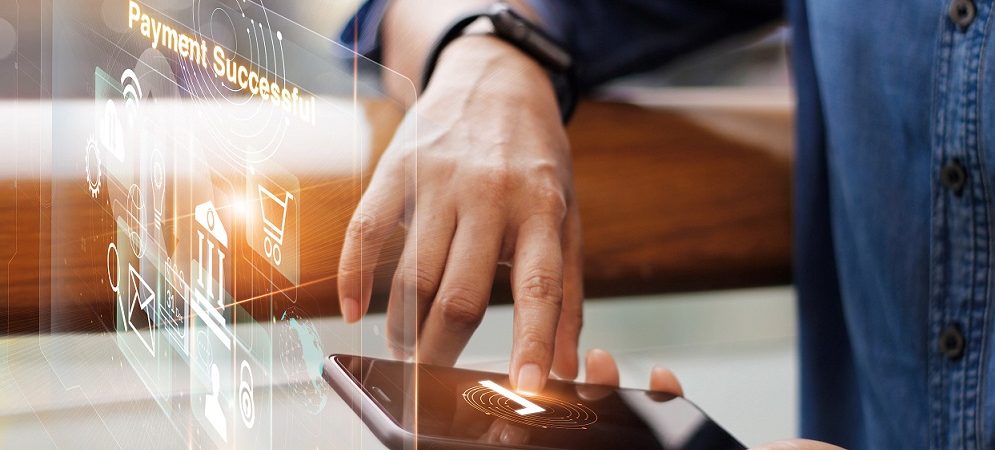According to Mercado Pago and Trendsity, one in three sellers in Latin America has started using digital payment methods.
Since last year, with the isolation caused by the COVID-19 pandemic, technology began to accelerate access to financial tools in Latin America. According to a study carried out by Mercado Pago and Trendsity, one in four users of digital wallets in the region adopted them during confinement, and more than half of the users developed a greater interest in savings and investment tools.
The objective of the research is to understand the current state of financial education and analyze the challenges that exist in this regard, to achieve inclusion of the majority of the population to the financial system.
In the case of Colombia, it has made important progress in terms of financial inclusion. An example of this is the increase in access to financial products which rose to 87%, according to Banca de las Oportunidades.
This coincides with what was found in the Mercado Pago and Trendsity study, in which progress was also observed regarding the use of digital payments.
According to the indicator of access to digital collection tools by sellers, the country showed one of the highest adoption rates of this technology in the entire region with 40% of those surveyed and was only surpassed by Argentina. Among the sellers consulted, 91% said that the use of these tools allowed them to reach more customers during the pandemic.
In this scenario, Argentina was the one that showed the most dynamism in terms of acceleration of digitization: 50% of vendors consulted for the report said they incorporated digital collection tools during the pandemic, while Brazil, Chile and Mexico reached 32%.
At the user level, 30% of those surveyed acknowledged having started using digital payment tools (compared to a 24% average for the region), among which the unbanked population segments, youth and women stood out.
Regarding financial education, Argentina leads the region’s ranking together with Chile: 34% of wallet users were able to correctly answer three out of four questions about financial literacy versus 30% in the rest of the region.
Digital wallets
Likewise, 86% of Colombians who use digital wallets stated that the pandemic enhanced digitization, while 68% of non-wallet users recognized this transformation. In fact, digital wallets act as drivers for the entry of people to the financial system and help users to acquire new knowledge in this area. 30% of the users of these technologies answered more questions on financial topics, compared to 16% of consumers who do not use them.
Regarding financial education, 87% of respondents in the country agreed that more education and information is needed to accompany the growth of digital financial services. In fact, 57% of Colombians stated that they learn about digital financial tools from family, friends and colleagues, but not through formal channels.
Included among the topics people most want to learn about are saving and investing, digital payments and security.
In terms of the gender gap, 32% of men showed financial knowledge, while in the case of women, the rate was 27%. Colombia was the country with the smallest percentage difference with only five points, while the regional average was nine points.
Banking
Diego Navarro, Director, Mercado Pago Colombia, said: “In the case of Colombia, from Mercado Pago we saw an increase in the level of banking with users showing greater knowledge of financial terminology. Nevertheless, we must close the gap in the level of financial education between users and non-users of digital wallets.
“In Colombia, fintech can contribute to the financial education of those who cannot access the traditional financial system, so we will continue working to democratize digital solutions through innovation, technology and tools for consumers.”
Latin America is aligned with the global financial literacy index prepared by Standard & Poor’s, which indicates that only 33% of people globally can answer at least three out of four questions about financial literacy with only 38% holding bank accounts. In European and North American countries, on the other hand, the percentage of adults reaches 50% and 57% when it comes to bank account holders.
About Mercado Pago
Mercado Pago is a digital wallet service from Mercado Livre. It is available on both computer and cell phones including Android and iPhone. When used it is possible to make payments for online or physical purchases, as well as manage transactions related to e-commerce systems that use the online sales platform.


